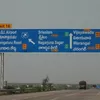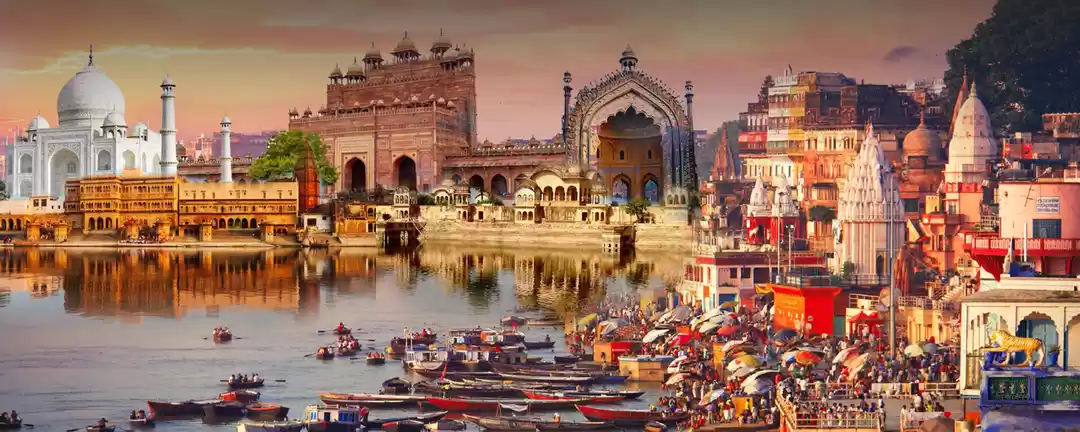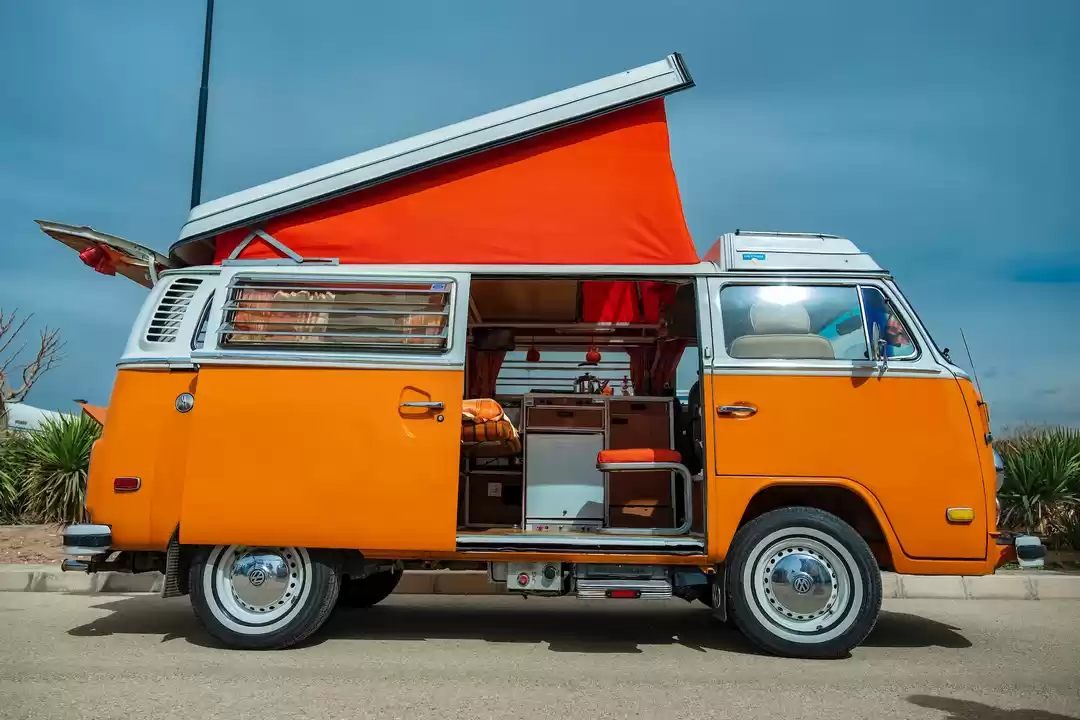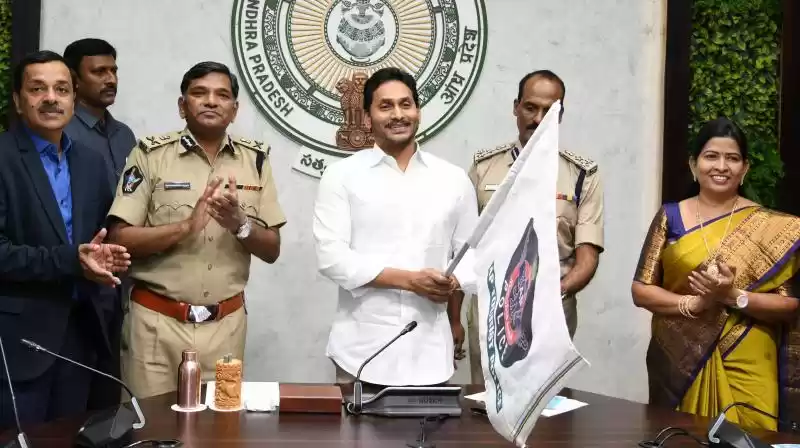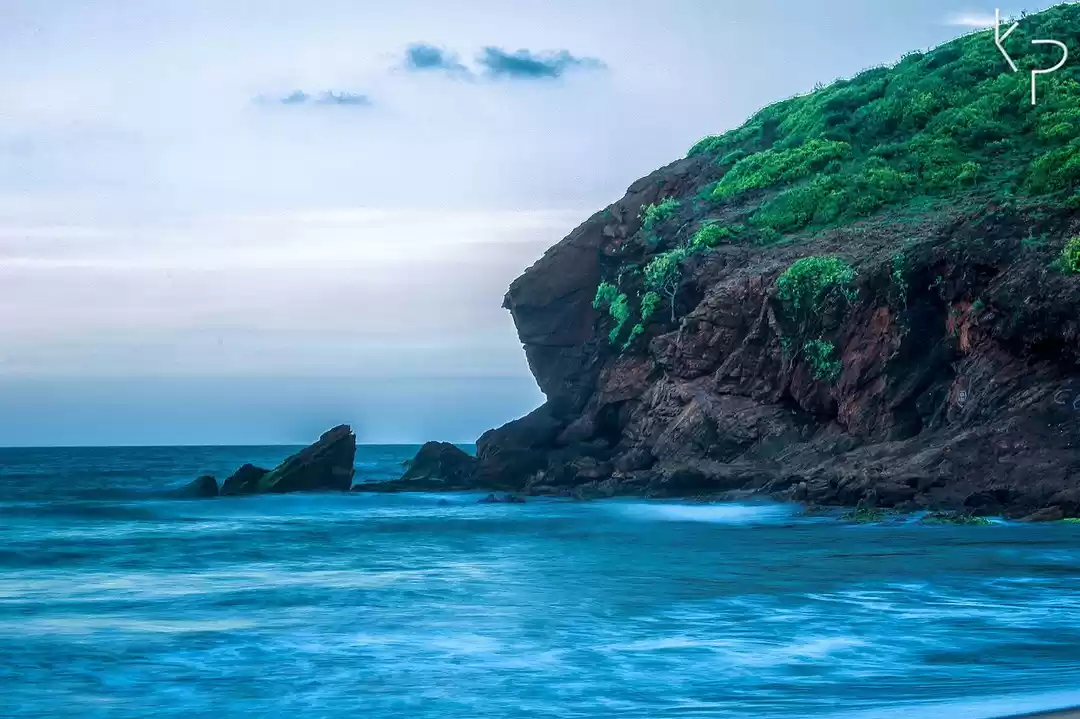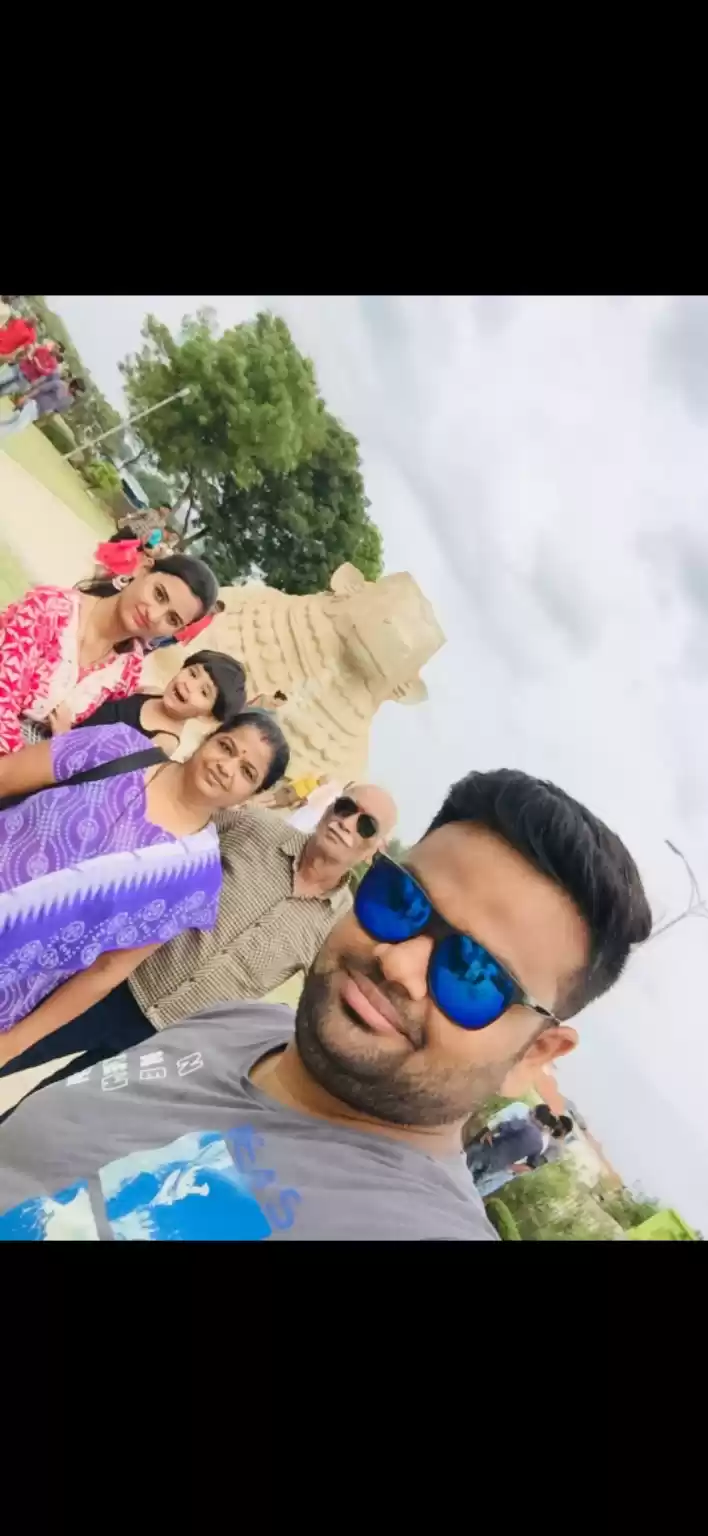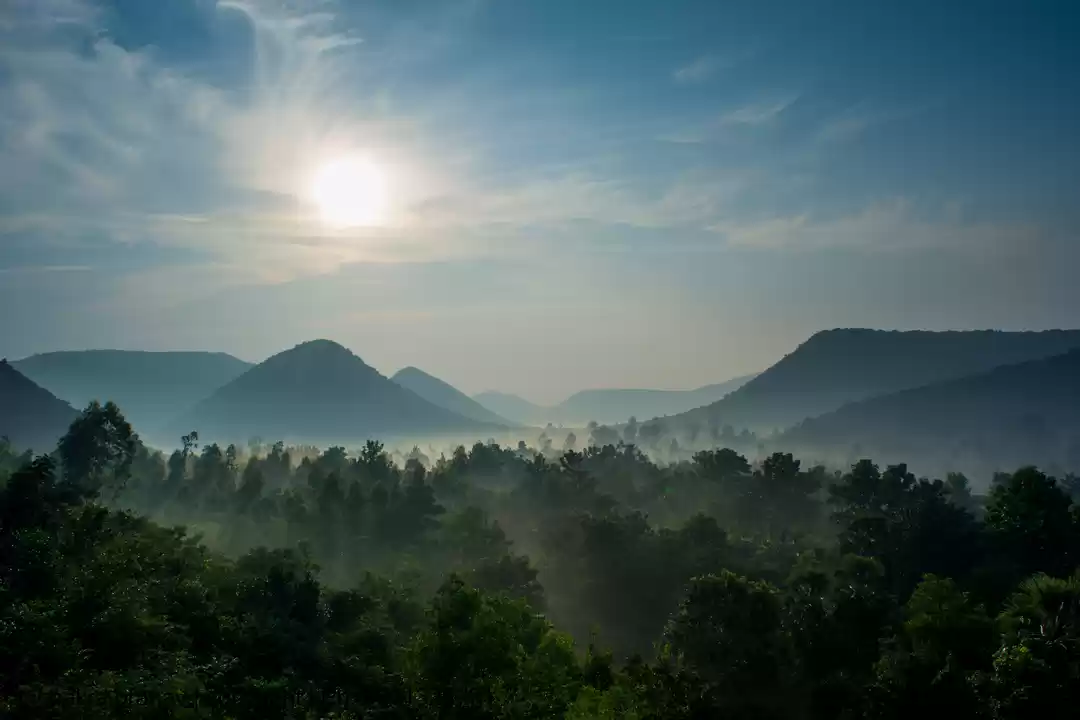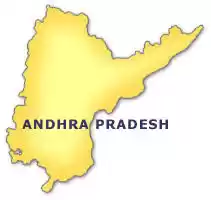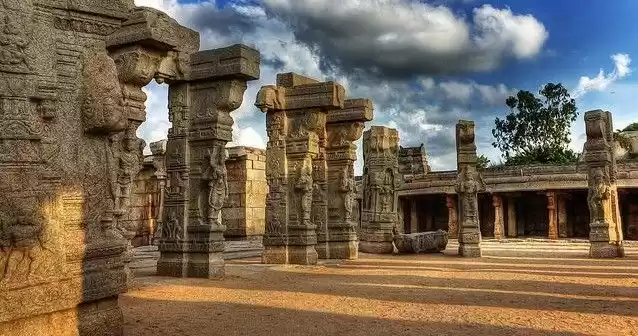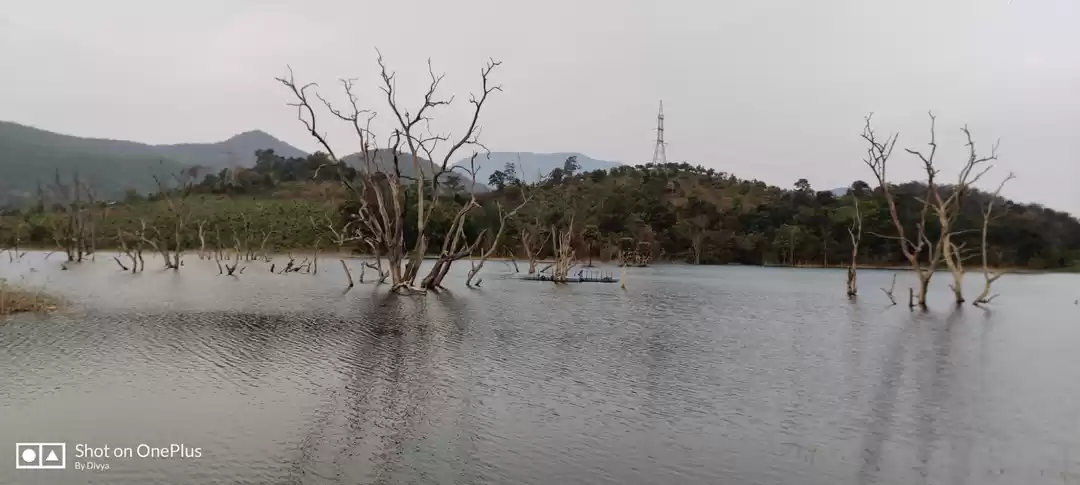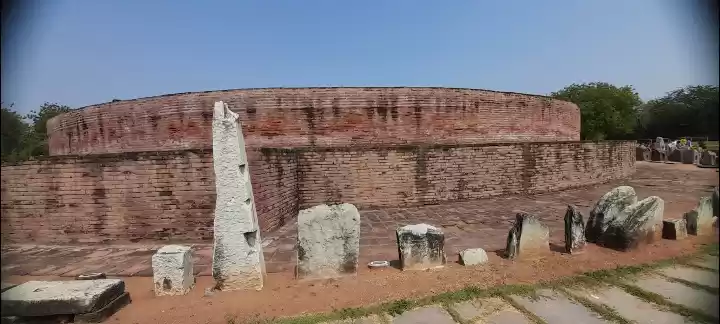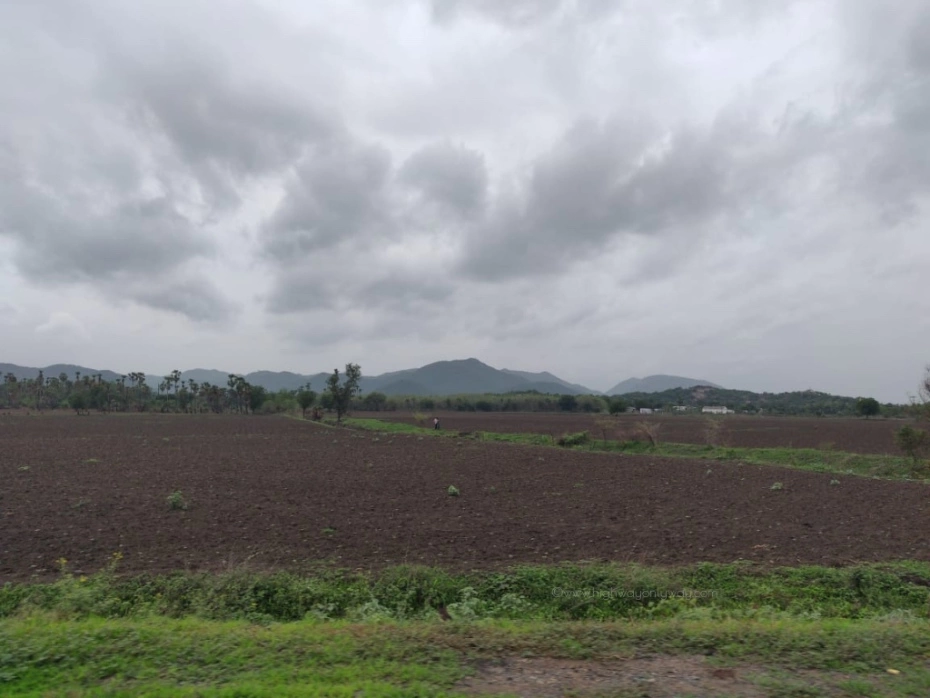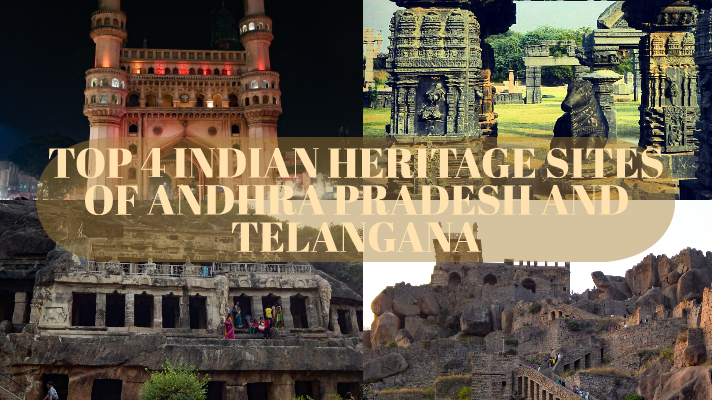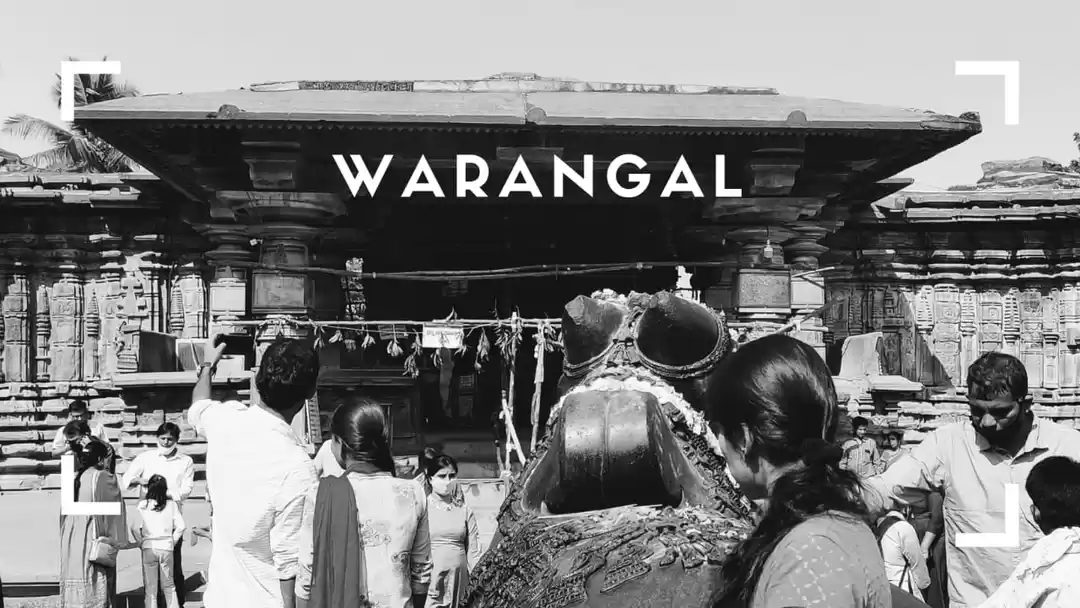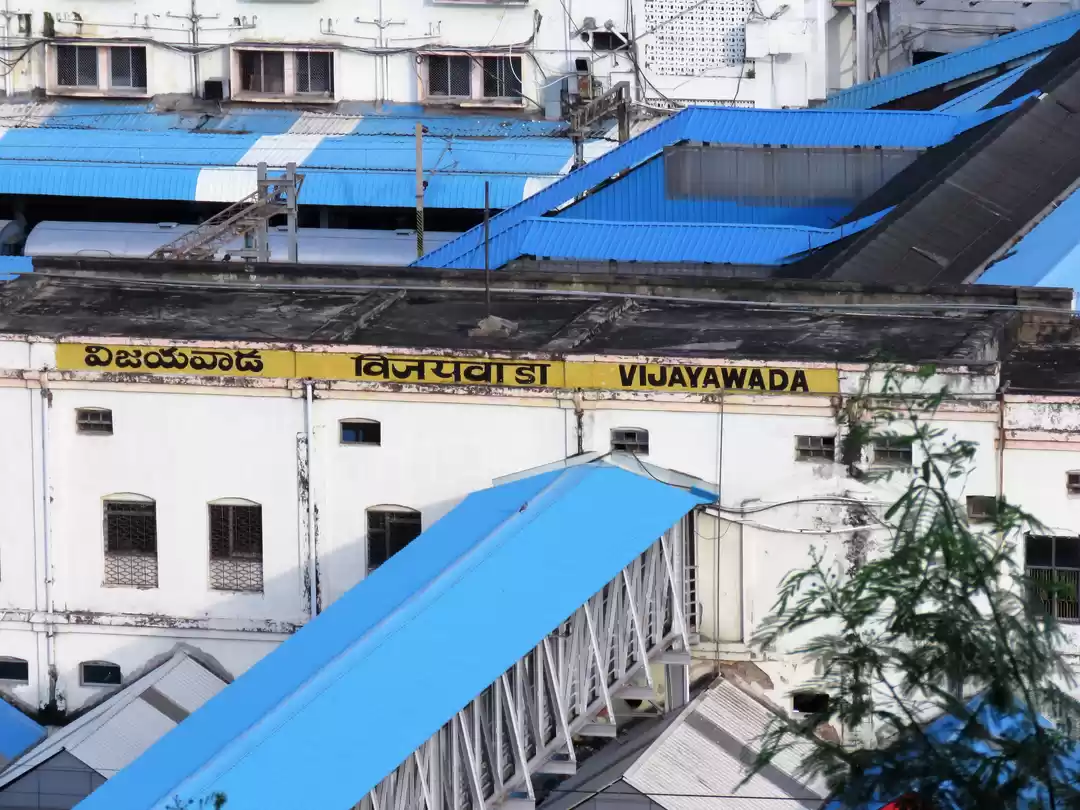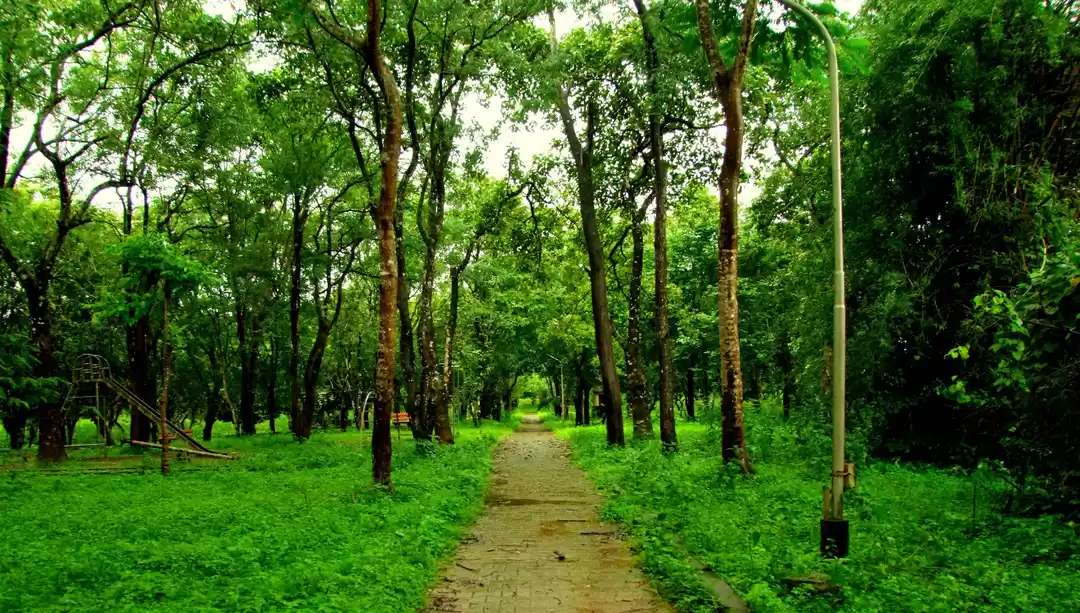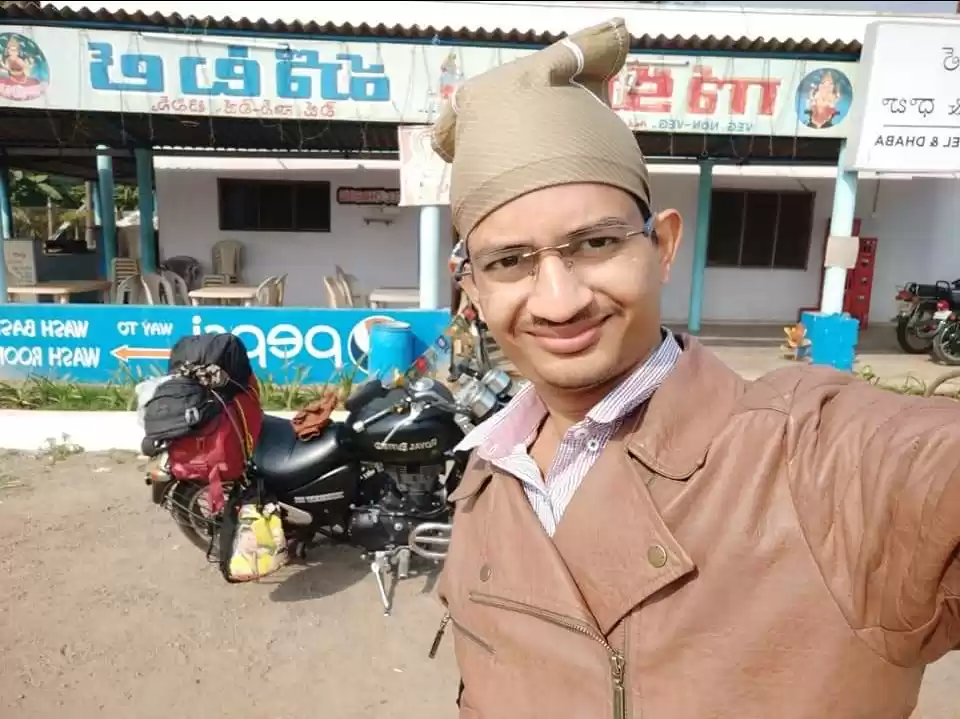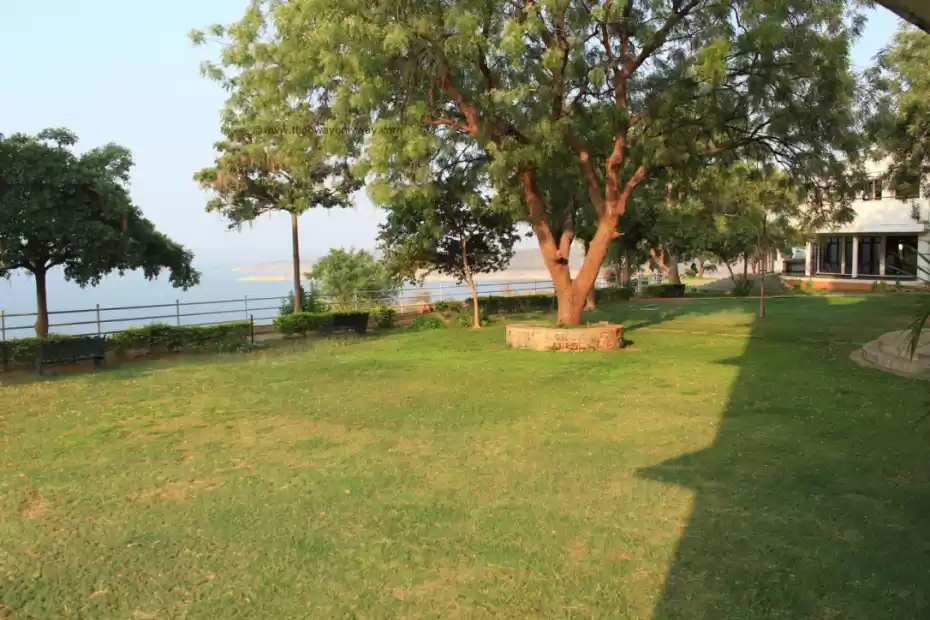In a land as ancient as ours, almost every corner of the country throws up a historical surprise to remind you again and again how little we know and how much more there is to know. One such surprise was Pedavegi.
The Chalukyas, we all know, were a mighty dynasty in the 7th Century A.D., following their downfall, their governors became an independent kingdom with Vengi as their capital and the dynasty came to be known as the Vengi Chalukyas or Eastern Chalukyas and the region they ruled was known as Venginadu, the present day regions of Krishna - Godavari belt. They ruled for over 300 years and their dynasty was the most powerful in the region before the advent of the Kakatiyas but the Eastern Chalukyas don't find a mention in the average history book ! It wasn't until we looked for places of interest around Dwaraka Tirumala, that we heard the name Pedavegi and that it was the original Vengi, the capital of the Eastern Chalukyas before Rajamahendravaram rose to prominence.
Remnants of an ancient capital
Driving from Dwaraka Tirumala, we sincerely followed Google Maps as it navigated us through village roads, we had no idea where it was taking us ! We didn't mind it though, we were lost in the rustic beauty of the region !

At one place, we crossed a scary looking bridge over a swollen canal, the area looked deserted, we were worried if we would be safe. What's a travel to a new place without a bit of paranoia?
Of course, it was all safe, we reached Pedavegi, enquired about the ancient temple and were directed to the end of the village where we spotted a small temple, completely renovated and painted red.

The temple was closed for the afternoon. There was one person who was kind of an incharge and he permitted us to walk around and see the ancient sculptural artefacts exhibited in the temple.

It is only when you see the sculpture panels exhibited, you understand the antiquity of the place. All these artefacts were obtained from excavations at Pedavegi and nearby villages, each of them dating back to the 7th Century A.D., we were looking at 1300 year old history ! There was a pillar with some inscriptions, wonder what it was trying to communicate?

In trying to protect the artefacts, they have ended up painting the sculpture too, which was a little sad to look at ! Wish our people find a better way to retain the original beauty of the stone sculpture.
One of the interesting sculptures is the Lalata Thorana with Lord Vishnu mounted on Garuda.

Usually, one doesn't find such a depiction of Lord Vishnu, here is a closer look:

Even in it's worn out state, you can see the detailing, the way Garuda is bending, his wings, Lord Vishnu's majestic posture, some work of genius this is !
While leaving the temple, we enquired with the person incharge about other ancient structures in Pedavegi and he asked us to go further and find an old temple and a Buddhist Stupa, we had seen pictures on the internet.
Driving on, we spotted this ancient shrine, standing alone by the fields.

The cupola of the shrine was typical of the Chalukyan architecture and reminded us of the small temples of Badami. The sanctum is empty, a rusty board of the ASI proclaims it as a protected monument and that's all there is to this reminder of a bygone, mighty dynasty.
As we were leaving, a gentleman who had been talking over the phone, approached us and told us he was appointed as security for the temple and apologised that he was on the phone and did not attend to us. He thought we were some people from Archaeology department ! Why else would someone drive to that tiny village, take pictures and spend time admiring that ruined temple?

Ruined it might be but the sight of the shrine surrounded by green fields and trees was picture perfect !
A few meters from the temple is the Buddhist Stupa, ASI is maintaining it nicely and protected it with fencing.

The gate was locked, so we could not go inside. This photographer had to find their way through the slush, cow dung, stand on the platform and click a picture holding the phone above the fence !

That's a ruined Stupa and this, we suppose could have been chambers for meditation.

The presence of Buddhist Stupa means Pedavegi's history goes back to the times when Buddhism was at its peak in the Andhra region around 1st to 3rd Century A.D. Vengi was a capital of the Salankayana dynasty that was feudatory of the Ikshvakus dynasty, who promoted Buddhism in Andhra after the Satavahanas. Which means Pedavegi or Vengi has had a continuous history from Buddhist times till the icon of Vengi dynasty, Raja Raja Narendra built his capital city on the banks of Akhanda Godavari sometime in the early 11th Century A.D and named it Rajamahendravaram, today we know it as Rajamundry, our favourite city !!
Another interesting bit of history is that Raja Raja Narendra, was the grandson of the greatest Chola king, Raja Raja. Raja Raja Chola's daughter was married to the Vengi Chalukya king Vimaladitya. Raja Raja Narendra was their son, he had the support of his maternal uncle Rajendra Chola and won the fight to the throne of Vengi. He went on to become the most well known of the Vengi Chalukyas. Raja Raja Narendra is credited for the rise of Telugu culture and heritage. Under his patronage, Nannaya began the translation of Mahabharata into Telugu and sowed seeds for Telugu language as we know it today.
One wouldn't believe that a tiny village in some remote corner of Andhra Pradesh had such a glorious history once upon a time !
Hai Hai Nayaka !
Lunch time had set in when we left Pedavegi, Eluru was only 13 kms away and we decided to go to Eluru, simply because we had never been to Eluru city before. Eluru is the headquarters of West Godavari District and it's ancient history apart, had been an important hub and cultural centre of the Circar region under the British.
We checked for some good restaurants in Eluru and found Appalaraju Military Hotel, which had great reviews as the must visit hotel in Eluru. We went there knowing fully well that as vegetarians we would not have much choice. The 100 year old hotel was teeming with people, food was being served in the traditional way on plantain leaves, the setting looked inviting for a food lover but we were very sweetly turned away by the hotel owner when we told him both of us were vegetarians. He smiled warmly and told us that we would have only 2-3 items to eat and asked us to go the hotel next door ! If you are non-vegetarian and a foodie, head to Eluru and relish the authentic food. Do note that Appalaraju Military Hotel is not your regular fine-dining/good ambience hotel.
We had lunch at another ancient looking hotel beside Appalaraju Hotel, the food was just about decent but we were floored by the hospitality shown by the people at the hotel. The warmth or what we call in Telugu "aapyayata" with which you are served the food is far more important than the taste.
At Eluru, we spotted a lot of banners on a bronze statue of the legendary actor S.V.Ranga Rao installed at the entrance of Eluru towards the National Highway. S.V.Ranga Rao or SVR, is almost like a cinematic demi-god for someone who grew up on a high dose of Telugu films of the 1950-60s. There was no way we were leaving Eluru without seeing the statue installed on the occasion of his 100th birth anniversary.
The statue is installed near the National Highway where people deviate if they want to enter Eluru, the location is even marked on Google Maps.
They've built a grand platform, adorned with SVR's photos. On the platform is the majestic statue of S.V.Ranga Rao at his dramatic best !

A list of his films and his life story has been written on a plaque. A phenomenal actor like SVR deserves a tribute like the one at Eluru.
If you are wondering what "Hai Hai Nayaka" in the sub-heading means, then, go watch SVR in "Mayabazar" !
From Eluru, on the NH5, Vijayawada is only 55 kms but we were not done with our "no Vijayawada" mode and so we took the much longer route again via Nuzividu and Mylavaram.

Here is a quick click of the mango orchards of Nuzividu that produce the juicy Nuzividu Rasalu.

The drive was an absolute bliss. We stopped at Pinapaka just outside Kondapalli where Indian Oil's fuel terminal is located. There is a fuel station attached to the fuel terminal and we got our fuel tank refilled, some silly fun in buying fuel from a station located near those massive oil tanks.
That was also when we realised that, it took us 2 hours to drive from Eluru to Vijayawada, the NH5 route would have taken us about 40 minutes ! Well, that's the whole point of a leisure trip isn't it?
A coffee break at Vivera, Narketpally and we were back in Hyderabad by dinner time. Our happiness quotient was quite high at the end of the trip !
Info tidbits
Pedavegi is about 13 kms from Eluru, 30 kms from Dwaraka Tirumala and 70 kms from Vijayawada. Finding transport may be a problem, arrange for your own transport. This is not exactly a tourist spot, visit the place if you are interested in exploring little known places of historical importance. The temple seems to be open till about 11 AM and again opens at 4 PM. Since it is a village temple, the timings for the day usually depends on the priest or the caretaker. Even if the Sanctum is closed, one can see the sculptures exhibited in the premises. Since Eluru is a short drive away, you could find food and stay options at Eluru."The content and pictures on this blog are owned by the authors of http://www.highwayonlyway.com and are not available for copying or reproducing elsewhere without any written consent from us."

